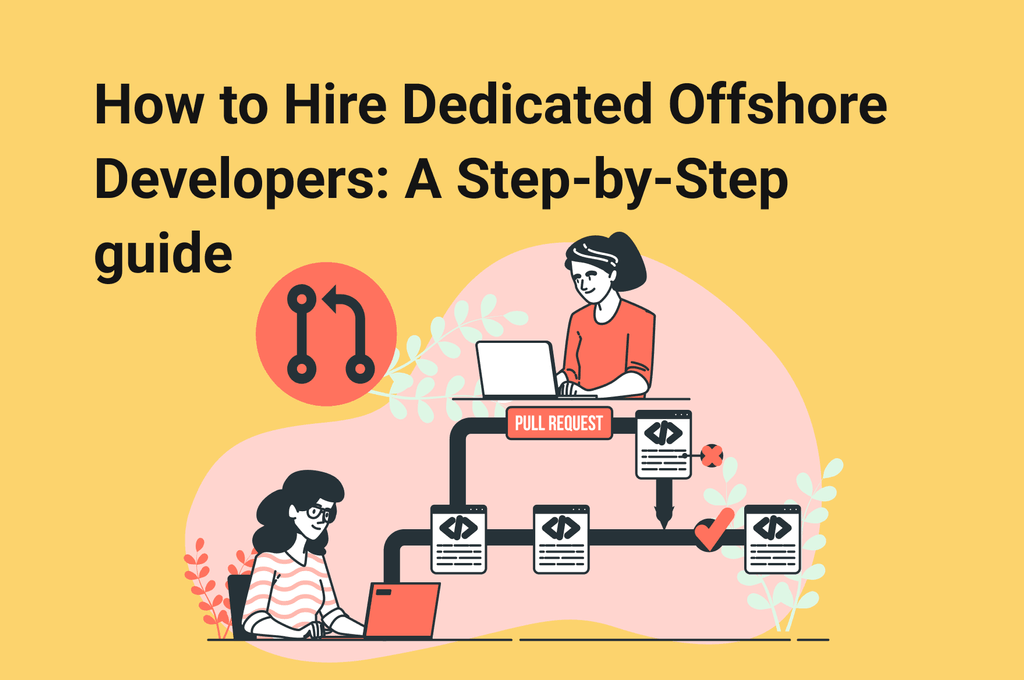
FAQ
What is a private blog network?
A private blog network (PBN) is a network of websites created solely to link out to another website, which is considered the “hub site.” The idea is the “feeder” sites will pass link equity back to the hub site, which will boost its authority and, thus, its ranking power.
What are the steps involved in setting up a PBN?
Expired domains can be used to build the foundation of a PBN. A reliable registrar, such as NameCheap, can be used to register these domains. Multiple IP PBN Hosting providers, such as HostGator, can be used to host these domains. A CMS, such as WordPress or HTML, can be used to build your PBN. Quality content (including images and media) is an important part of any successful blog/PBN.
What are the benefits of PBN?
The PBN Benefits concept uses a visual approach to route placement, fuel efficiency, and noise abatement; clarifies RNAV and RNP systems; and streamlines the approval process for operators by providing standardized navigation specifications.
Table of contents:
Want to estimate your app idea?




